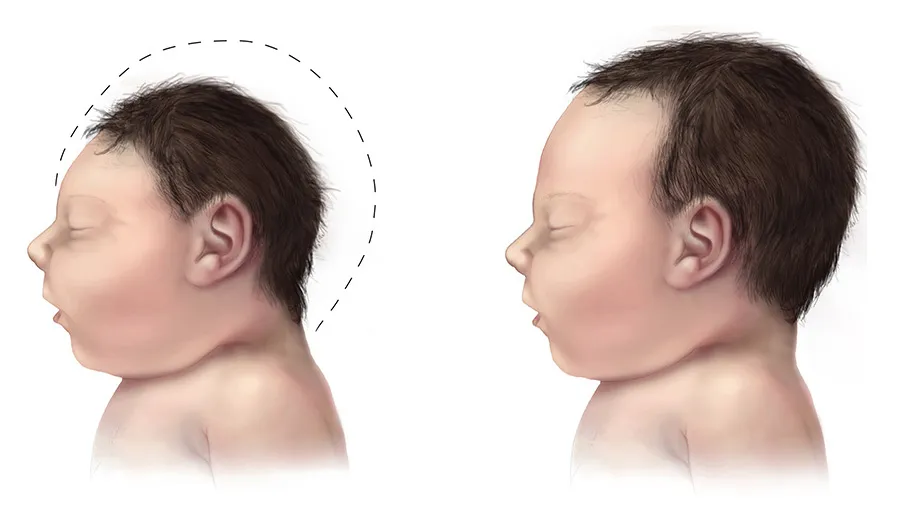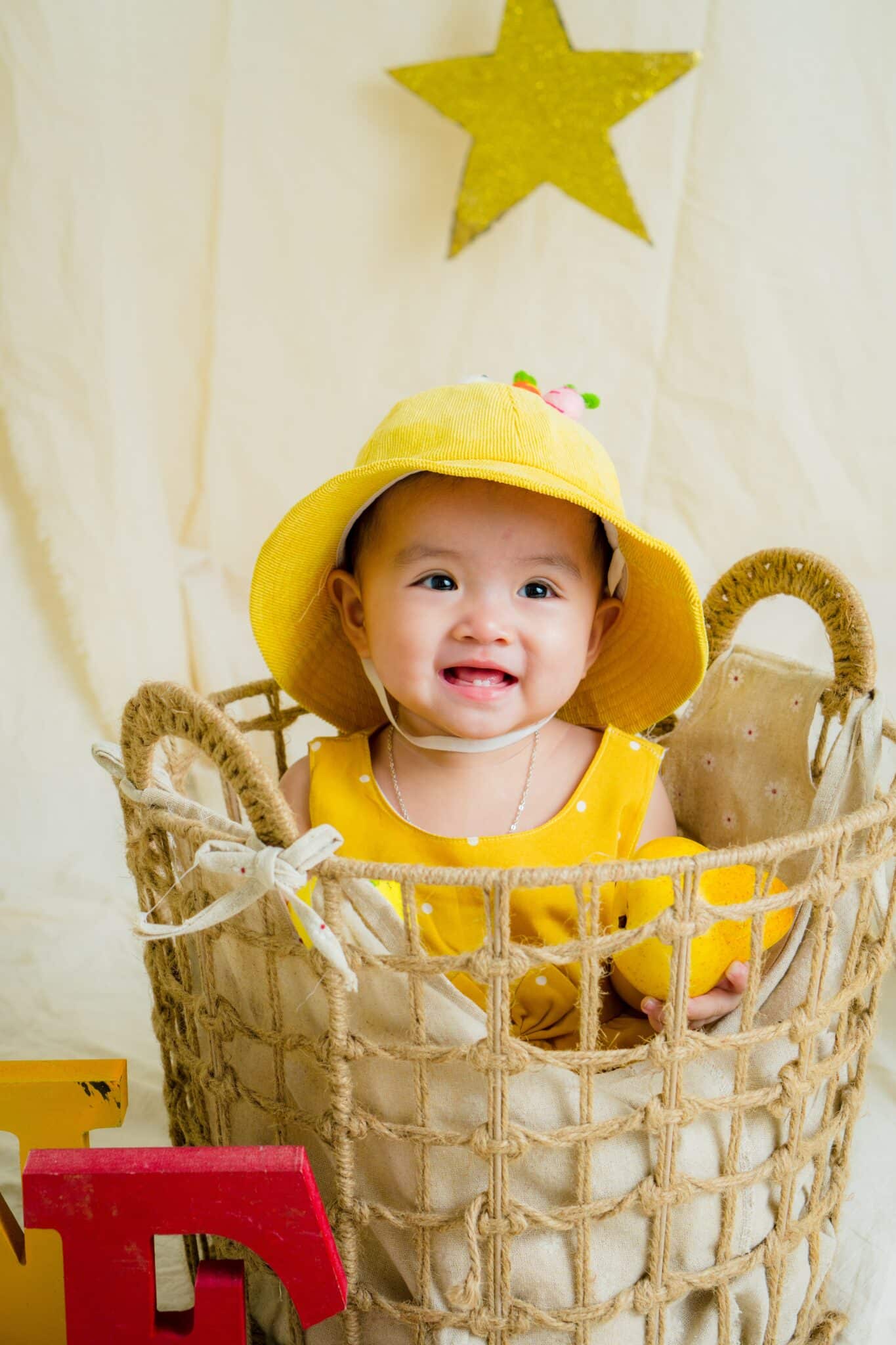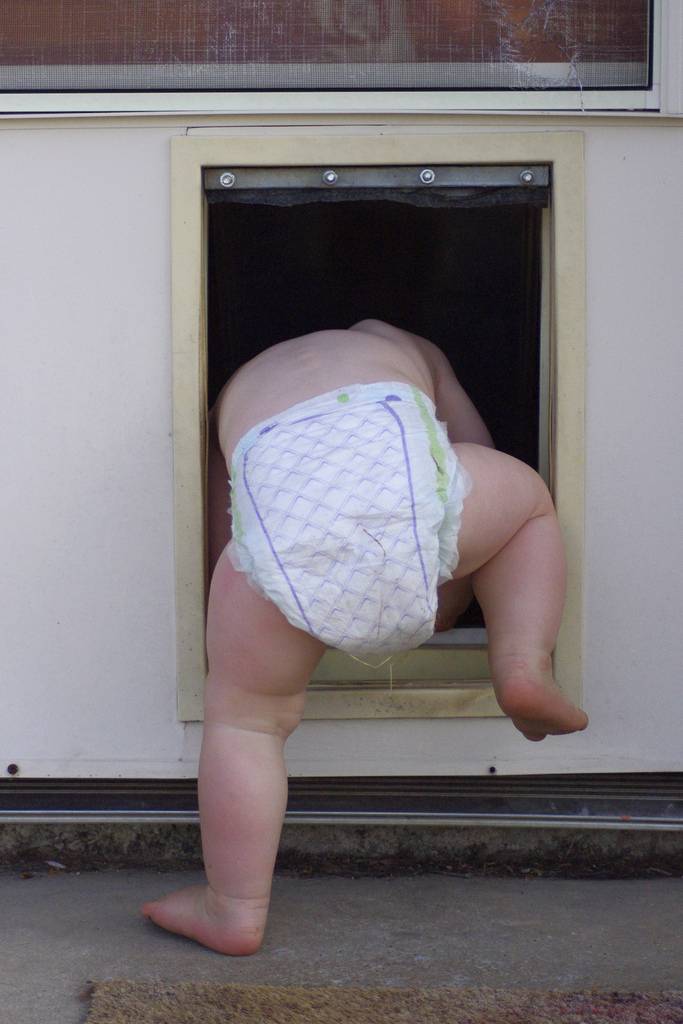Bringing the newest addition—your baby—into your home is a beautiful journey filled with precious moments. With preparation and care, you can enjoy this special time with confidence and joy. Create a welcoming, baby-friendly environment.
However, your home comes with challenges and adjustments, particularly in your living space. There’s more to preparing for the baby. It’s not just putting up a crib and stocking up on diapers.
A baby-friendly home involves creating a supportive atmosphere that encourages security, comfort, and stimulation for your little one’s growth and development.
We at Omega Pediatrics have collected information to deliver you this comprehensive guide. We’ll explore practical tips to transform your living space into one that’s not only safe but also conducive to your baby’s well-being—a haven for your bundle of joy.
1. Safety First
Putting safety first is the best thing you can do to baby-proof your home. From the moment they can crawl or walk, babies will naturally explore their environment due to their innate curiosity. Start by identifying possible hazards
due to their innate curiosity. Start by identifying possible hazards
Furniture and Fixtures
- Secure bulky furniture and appliances, such as bookshelves and televisions, to the wall to prevent tipping mishaps.
- Invest in edge guards for sharp furniture corners and fireplace hearths.
- Select dressers and changing tables with round edges rather than sharp corners.
- Keep cribs, beds, or other furniture away from windows to prevent falls. Use window guards if needed.
- Choose furnishings and accents for your baby’s room that are specifically made with safety in mind.
- Slats on safety-compliant cribs are no more than 2 3/8 inches apart to avoid entrapment.
Gates and Barriers
- Install safety gates at the top and bottom of staircases to prevent falls.
- Use playpens or dividers to limit access to specific areas, such as the kitchen.
- Block off spaces or rooms, such as those used for gas and chemical storage. Also where equipment such as lawnmowers and ice shovels are kept. There are risks from exposed metal surfaces, blades, and sharp edges.
Electrical Safety
- Cover electrical outlets with safety plugs or outlet covers to avoid strangulation.
- Put safety plugs or outlet covers on unused electrical outlets.
- Keep electrical cables out of reach and use cord shorteners to avoid pulling.
- Never leave electrical cords hanging on countertop edges when small kitchen appliances, like the toaster and water heater, aren’t in use.
Poison Control
- Install cabinet locks, especially those used for storing cleaning supplies, medications, and other hazardous materials.
- Ensure all house plants are non-toxic and place them out of baby’s reach.
Fire and Carbon Monoxide Safety
- Ensure smoke detectors are installed and functioning in every room.
- Install carbon monoxide detectors near sleeping areas and the kitchen.
Other Hazards
- Keep small objects and choking hazards out of reach.
- Use cordless window coverings to eliminate strangulation risks.
2. Set-up Safe Play Areas
Babies need plenty of opportunities for active play and exploration. For a baby-friendly home, designate safe play areas where your little one can move freely and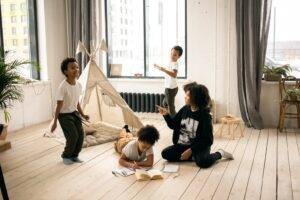 discover new skills.
discover new skills.
- Use soft, padded flooring or play mats to cushion falls and tumbles.
- Create a designated play corner with age-appropriate toys and activities.
- Install safety gates or playpens to contain your baby’s exploration within a secure area.
- Play areas for babies and toddlers, even with barriers, should be within sight of adults at all times. High-traffic areas of the house are recommended.
- Rotate toys regularly to keep playtime engaging and exciting.
- Outdoor play should be supervised in a fenced backyard with age-appropriate equipment.
3. Design a Comforting Nursery
Your baby’s nursery should be a haven of comfort and safety; hence, designing a soothing and functional space is important. Also, ensure a sleep-friendly environment for their growth and development.
- Choose calming colors like pastels or neutrals to promote relaxation and sleep.
- Blend soft textures, such as rugs, curtains, and plush bedding.
- Keep the room cool, quiet, and dark during nap times and bedtime, and use blackout curtains or shades to block out excess light.
- Install dimmable lights or night lights for late-night feedings and diaper changes. It won’t disrupt your sleep.
- Use a white noise machine or soft music to create a soothing atmosphere that promotes relaxation. The sound can also mask household noise.
- Invest in a comfortable crib with a firm mattress and fitted sheets. It should provide adequate support and meet safety standards.
- Assemble soft flooring by making use of rubber mats, rugs, or carpets to muffle sounds and provide a soft surface for crawling and playing.
- Set up a changing station with ample storage for diapers, wipes, and creams. Organize stuff efficiently, making daily routines smoother for you and the baby. Get a diaper pail with a lid to contain odors and make disposal convenient.
4. Establish Safe Sleep Practices
Reduce the risk of Sudden Infant Death Syndrome (SIDS) by following safe sleep practices recommended by pediatricians. This is incorporated into a baby-friendly environment.
environment.
- Always put your baby to sleep on their back, even for naps, until they’re old enough to roll over on their own.
- A fitted sheet and a firm mattress with a crib frame are essential.
- There should be minimal bedding. Steer clear of soft bedding, crib bumpers, pillows, blankets, and toys, as these are suffocation hazards.
- Dress your baby in airy and light sleepwear. Opt for sleep sacks or wearable blankets to keep them warm and safe while sleeping.
- Maintain an optimal room temperature between 68 to 72 °F (20 to 22 °C) to avoid overheating.
- A humidifier can keep the air moist, which helps prevent dry skin and ease congestion.
5. Create a Breastfeeding-Friendly Space
If you intend to breastfeed your baby, a baby-friendly home should have a dedicated nursing area where you can relax and bond with your little one.
- Choose a comfortable chair or glider with good back support and armrests.
- Have a nursing pillow to provide additional support during feeding.
- Add a side table and nearby storage to hold essentials such as water, snacks, bottles, and burp cloths within arm’s reach.
- Keep nursing supplies, such as breast pads and nipple cream, within easy reach.
- Use soft lighting and soothing decor to create a calming atmosphere.
6. Invest in Quality Baby Gear
When it comes to baby gear, from strollers and car seats to baby carriers and high chairs, there are countless options available on the market. A baby-friendly home includes these quality items.
- Choose high-quality and durable items that meet safety standards and are designed with your baby’s comfort in mind.
- Research products thoroughly, read reviews, and consider factors such as ease of use, portability, and longevity.
- Register your baby gear upon purchase to receive important safety updates and product recalls.
7. Stimulate their Senses
Babies are naturally curious and eager to explore the world around them, so provide opportunities for sensory stimulation in a baby-friendly environment.
- Hang colorful mobiles above the crib to stimulate visual development.
- Play soothing music or white noise to promote relaxation and sleep.
- Create a dedicated play area with toys and activities that encourage exploration and discovery.
- Provide a variety of age-appropriate toys with different textures, shapes, and sounds to engage your baby’s senses and promote cognitive development.
- Introduce sensory bins filled with safe materials like rice, beans, or water for tactile exploration.
- Encourage outdoor play in a safe and supervised environment to stimulate all their senses.
- Rotate toys regularly to keep things fresh and exciting, and spend quality time interacting and playing with your little one.
8. Create a Functional Kitchen
Mealtime can be a messy yet enjoyable experience with a little one. Make your kitchen baby-friendly with these practical tips:
- Consider baby-led weaning or homemade baby food for nutritious and age-appropriate meals and snacks.
- Use non-slip placemats and bowls to prevent spills and accidents.
- Invest in high-quality, BPA-free feeding essentials, like bottles, sippy cups, straws, spoons, and forks.
- Designate a low drawer or shelf for baby-friendly snacks and utensils for easy access.
- Install cabinet locks or latches to keep hazardous items like cleaning supplies and sharp objects out of reach.
9. Maintain Cleanliness and Hygiene
Babies have delicate immune systems, so keep your home clean and hygienic to minimize the risk of illness and infection. Follow these tips for a baby-friendly environment:
- Wash your hands frequently, especially before handling your baby or preparing their meals.
- Keep hand sanitizer and baby wipes handy for quick clean-ups and diaper changes.
- Establish a cleaning and disinfecting routine, focusing on high-touch surfaces such as door handles, countertops, and toys.
- Use non-toxic, baby-safe cleaning products to avoid exposure to harmful chemicals.
- Laundry your baby’s bedding, clothing, and soft toys regularly with a gentle detergent, and avoid using harsh chemicals or fragrances that may irritate.
- Avoid using air fresheners or scented candles, which can irritate sensitive noses.
10. Seek Professional Guidance
Every home and family is unique. Reach out for professional guidance if you need assistance with creating a baby-friendly environment. Consider consulting with:
- Pediatricians, like Omega Pediatrics, for personalized advice on infant care, feeding, and development.
- Certified childproofing experts for comprehensive home safety assessments and recommendations.
- Interior designers who specialize in nursery design and baby-friendly home decor.
- Parenting classes or support groups for valuable tips, resources, and community support for baby-friendly homes.
Make Your Home a Baby-Friendly Home
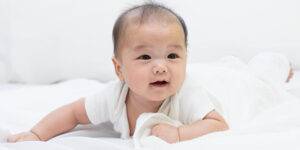
Crafting a baby-friendly home is a labor of love. It’s about balancing safety, comfort, and stimulation. It involves careful planning, attention to detail, and unending adjustments as your little one grows.
Every baby and family is unique. Hence, feel free to adapt and customize these tips to fit your specific needs, preferences, and lifestyle. The goal is to create a loving and supportive space where your baby can feel safe and happy.
By implementing the strategies and techniques we at Omega Pediatrics have outlined in this guide, you can create a baby-friendly space that’s not only safe and secure but also nurturing and stimulating for your precious little one.
Shower them with love, affection, and attention, creating cherished memories that will last a lifetime. Make your home a baby-friendly home!

